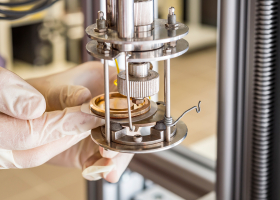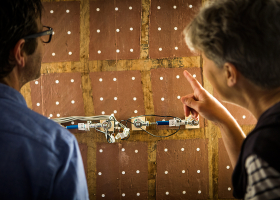Econick was set up in August 2016 by a researcher from the Reaction and Process Engineering Laboratory (LRGP) in Nancy and specializes in the production of nickel from wall alyssum, a "hyper-accumulative" plant.
One of this plant's properties is that it extracts metals from soils and stores them in its leaves and stems. After combustion, these represent 15 to 20% of its weight. The company's patented recovery process gives a yield of 100 kilograms of nickel per hectare. It could be extended to be used with other plants and to produce other metals (zinc, cadmium, cobalt).

